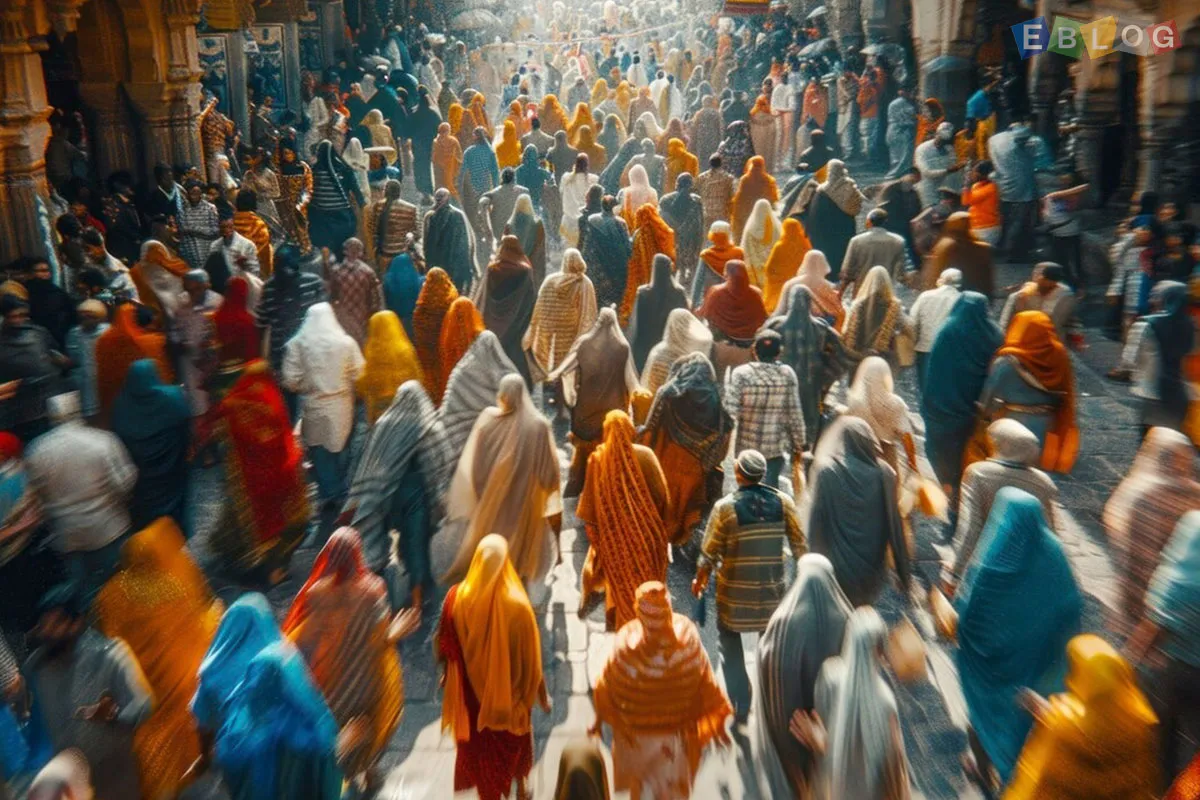
The Largest Human Gathering on Earth: Managing the Maha Kumbh Mela
- 14 Feb, 2025
- Religious
- 565 Views
- 0 Comments
The Maha Kumbh Mela is not just a festival; it’s a living testament to human faith, culture, and the power of collective spirit. It is often regarded as the largest human gathering on Earth, with millions of people coming together to celebrate and participate in one of the world’s oldest and most sacred religious rituals. Held every 12 years in India, the event attracts not only devout pilgrims from across the globe but also curious tourists, researchers, and photographers. Managing such an enormous gathering requires impeccable coordination, cutting-edge logistics, and immense attention to safety and security. In this blog, we will explore what makes the Maha Kumbh Mela so special and how authorities manage this colossal event.
1. What is the Maha Kumbh Mela?
The Maha Kumbh Mela is a grand Hindu pilgrimage festival that occurs once every 12 years in four different cities in India—Haridwar, Allahabad (Prayagraj), Ujjain, and Nashik. Devotees travel to these locations to take a ritual bath in the sacred rivers—the Ganges, Yamuna, Godavari, and Shipra—believing that it purifies them from sins and grants spiritual liberation (moksha).
The festival’s significance is rooted in Hindu mythology, specifically the legend of the "Kumbh," where gods and demons fought over a pot of nectar that bestowed immortality. As the story goes, a few drops of nectar spilled over at four places, which later became the sites for the Kumbh Mela. The Maha Kumbh in Allahabad, held every 12 years, is the largest and most famous gathering, often drawing over 100 million people.
2. The Scale of the Gathering
The sheer scale of the Maha Kumbh Mela is mind-boggling. The last Maha Kumbh, held in Prayagraj (Allahabad) in 2013, saw an estimated 120 million people attend throughout the month-long festival. The event is not just a religious affair; it is a social, cultural, and logistical marvel. Managing such a vast congregation is no small feat and requires the coordination of multiple government bodies, volunteers, and local authorities.
The sprawling grounds are equipped with temporary infrastructure such as camps, roads, sanitation facilities, medical centers, and countless food stalls. The gathering stretches across miles, with pilgrims walking from various parts of India and even abroad, creating a sea of humanity that needs constant monitoring and regulation.
3. The Role of Logistics and Infrastructure
One of the most crucial aspects of managing the Maha Kumbh Mela is logistics. The first step in preparing for this massive event is the creation of a temporary city. Roads are expanded, bridges are built, and sanitation facilities are installed to accommodate the millions of people who flock to the site.
4. Transportation and Traffic Management
India's railways and buses are key modes of transport for those attending the Mela, with special trains and buses running to accommodate the influx of pilgrims. Thousands of volunteers and police personnel are stationed to manage traffic and crowd control, ensuring that the pilgrims can navigate the huge event space. Temporary footbridges are erected to prevent overcrowding at riverbanks and to streamline movement.
5. Camps and Accommodation
Each year, thousands of temporary camps are set up for pilgrims, organized by religious groups, charities, and governmental organizations. These camps provide accommodation, meals, and basic amenities, helping people stay for the duration of the event. The organization and maintenance of these camps are essential for keeping the pilgrims safe and comfortable. Ensuring adequate water supply, sanitation, and waste management is also a priority to maintain cleanliness and health standards at the venue.
6. Sanitation and Cleanliness
The sheer volume of attendees means that maintaining hygiene is a significant challenge. More than 50,000 toilets are erected, and temporary sewage treatment plants are set up to handle waste disposal. Local authorities also implement rigorous waste management systems, and thousands of sanitation workers are employed to keep the premises clean. Despite the overwhelming size of the event, cleanliness and sanitation are strictly enforced to prevent health hazards and diseases.
7. Security Measures
Given the scale of the gathering and the risk potential, security during the Maha Kumbh Mela is paramount. In recent years, the Indian government and local police forces have implemented high-tech measures to ensure the safety of all attendees. These measures include:
a. Surveillance: Drones and CCTV cameras monitor the event at all times to keep track of the crowd and prevent any untoward incidents.
b. Police Presence: Tens of thousands of police officers, paramilitary personnel, and volunteers are deployed to maintain law and order and ensure the safety of the pilgrims. They assist with crowd control, patrolling the ghats (steps leading to the river), and coordinating with medical teams.
c. Emergency Medical Services: Medical camps, mobile clinics, and ambulances are set up across the venue to cater to any health emergencies, ranging from dehydration to heart attacks.
d. Fire and Disaster Management: Special teams are on hand to address any fires, stampedes, or other emergencies. Evacuation plans are made in advance in case of natural calamities like flooding or stampedes.
8. Cultural and Religious Harmony
Despite the logistical challenges, one of the most remarkable aspects of the Maha Kumbh Mela is the spirit of religious and cultural unity it fosters. Devotees from all over India and abroad gather to participate in the holy baths, take part in religious rituals, and listen to spiritual discourses.
The Mela is also a platform for spiritual leaders, Naga sadhus (ascetics), and other religious figures to gather and share their wisdom. The event showcases India’s diverse cultural heritage, with different traditions, performances, and rituals being performed simultaneously. Pilgrims, despite the vast size of the gathering, manage to stay connected to their spirituality and the sacredness of the moment.
9. The Future of Maha Kumbh Mela
As the Maha Kumbh Mela continues to grow, managing this massive event will only become more complex. In the future, technological advancements will likely play an even greater role in streamlining logistics and enhancing the overall experience. From real-time crowd management apps to GPS-enabled services for pilgrims, technology will help ensure the event’s safety and efficiency while also maintaining the spiritual atmosphere.
However, the essence of the Mela—its deep-rooted religious significance and the devotion of millions of people—remains timeless. No matter how large it becomes, the Maha Kumbh Mela will always be a powerful symbol of faith, unity, and the collective human spirit.
10. Final Thoughts
Managing the Maha Kumbh Mela is an unparalleled challenge, requiring meticulous planning, coordination, and collaboration among a multitude of agencies and volunteers. However, the success of the event lies in its ability to balance the scale of human participation with safety, comfort, and spiritual significance. For the millions who attend, the Mela is not just a gathering; it’s an experience that unites people from all walks of life in pursuit of a common spiritual goal.





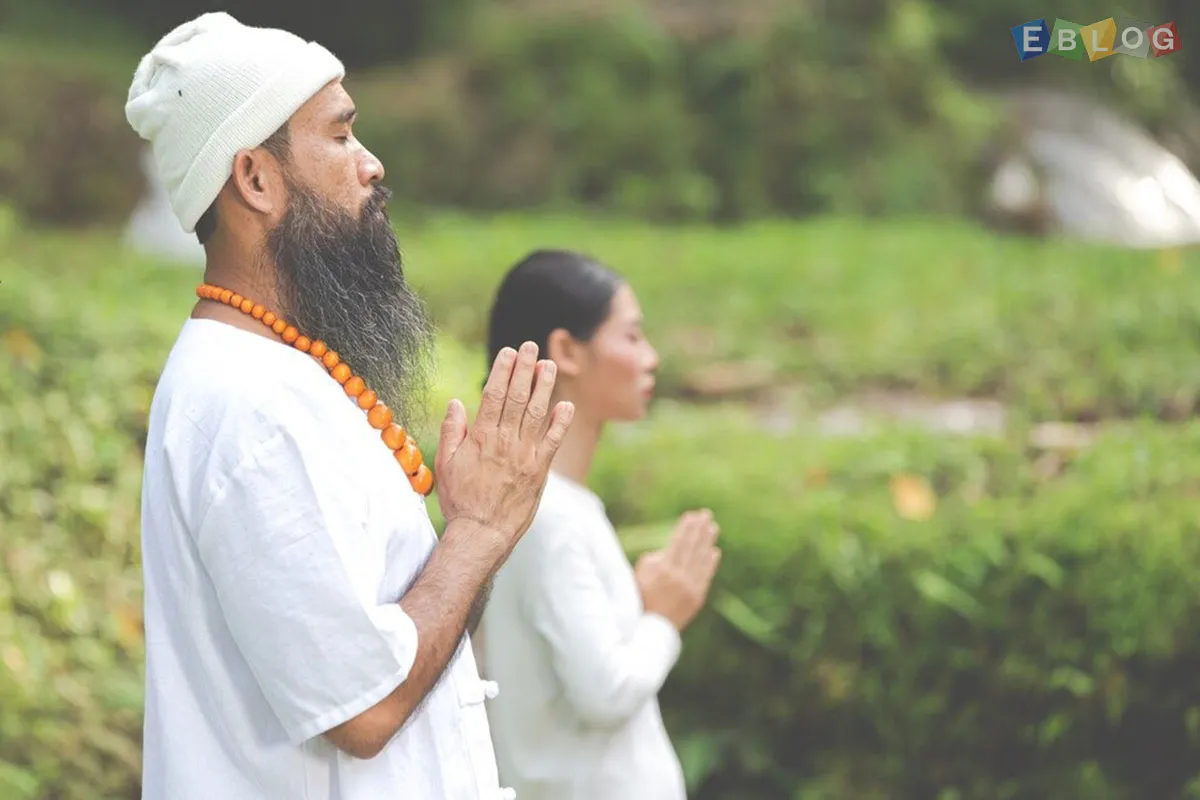



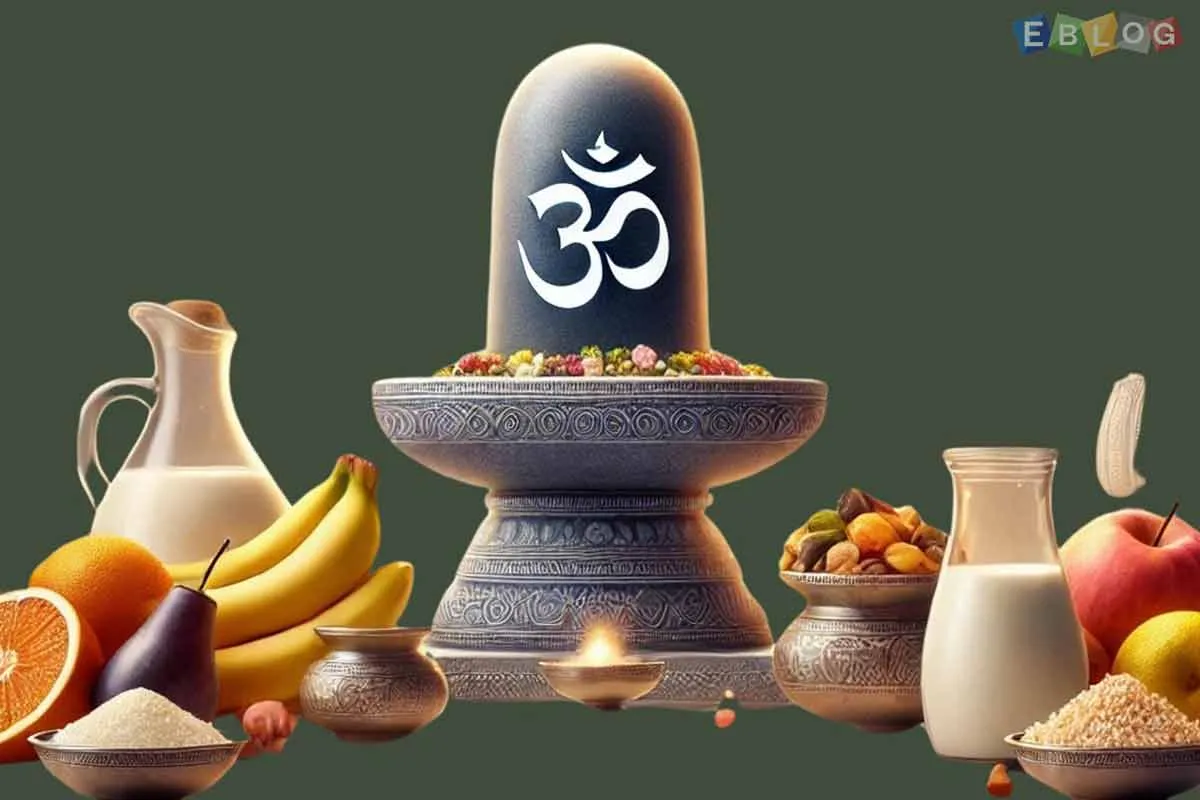
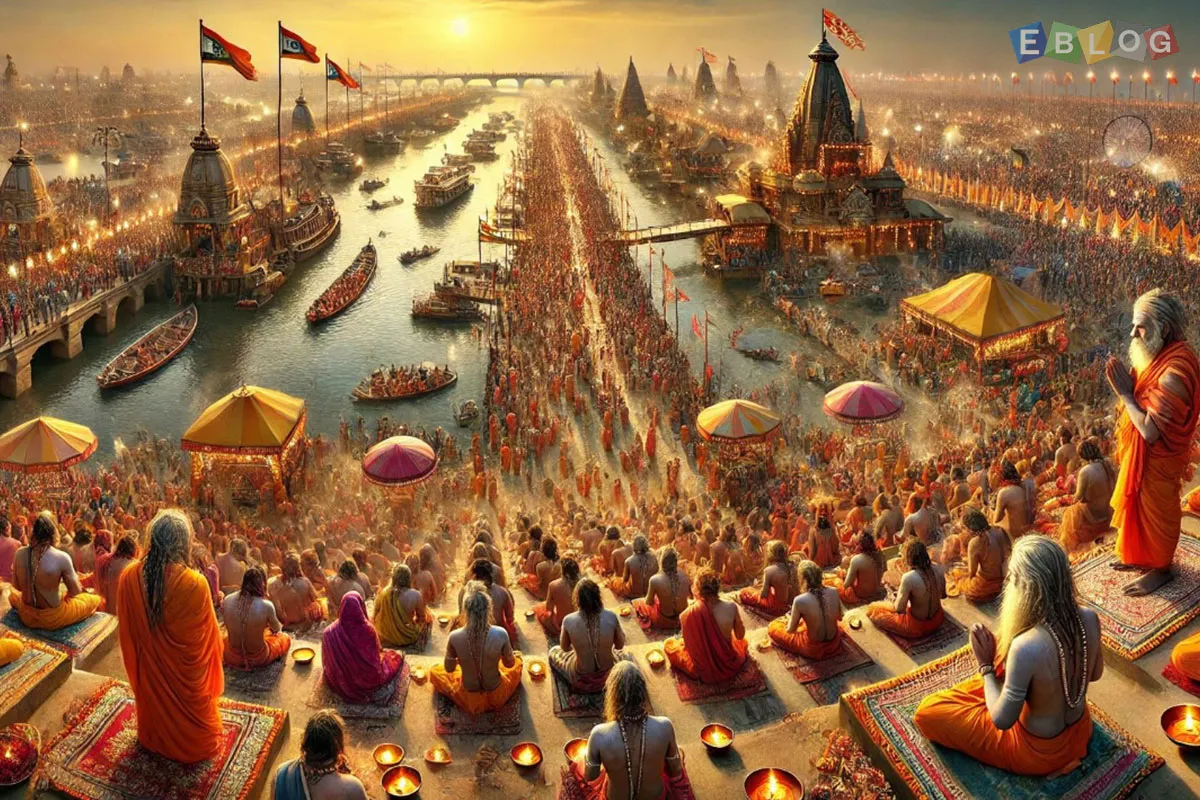
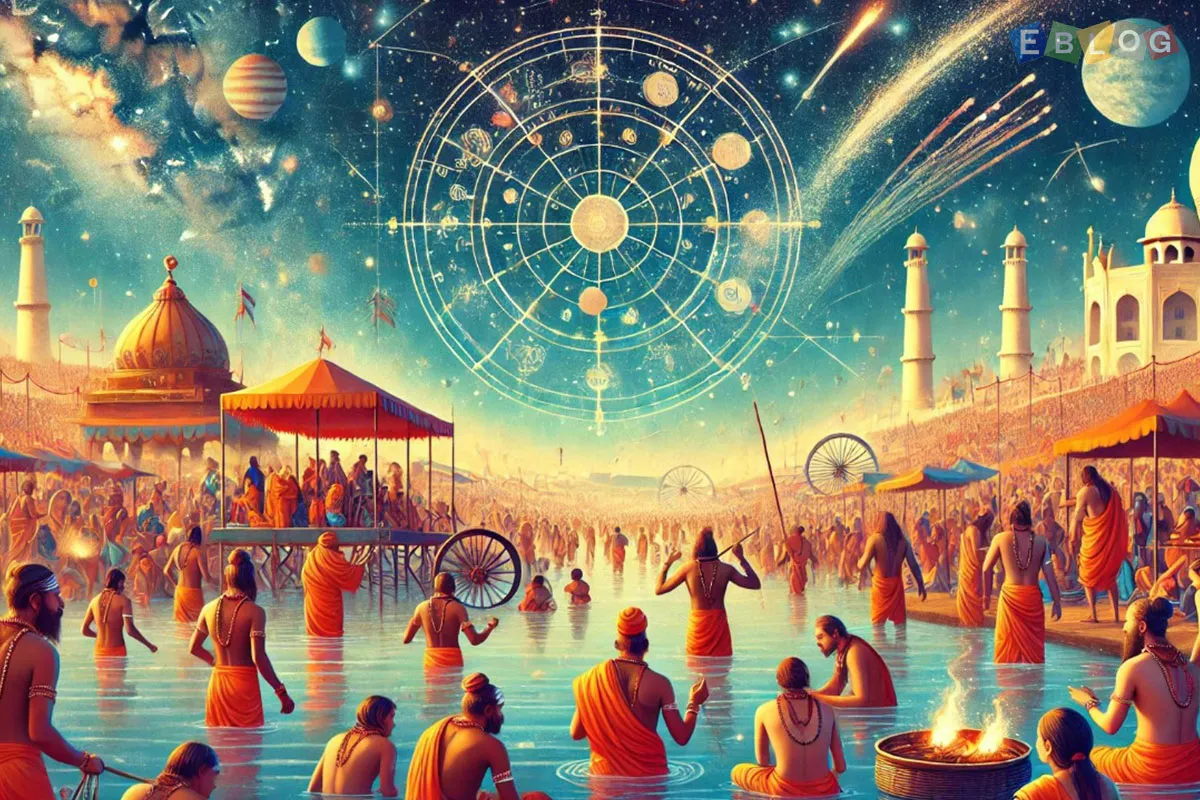



Leave a Reply